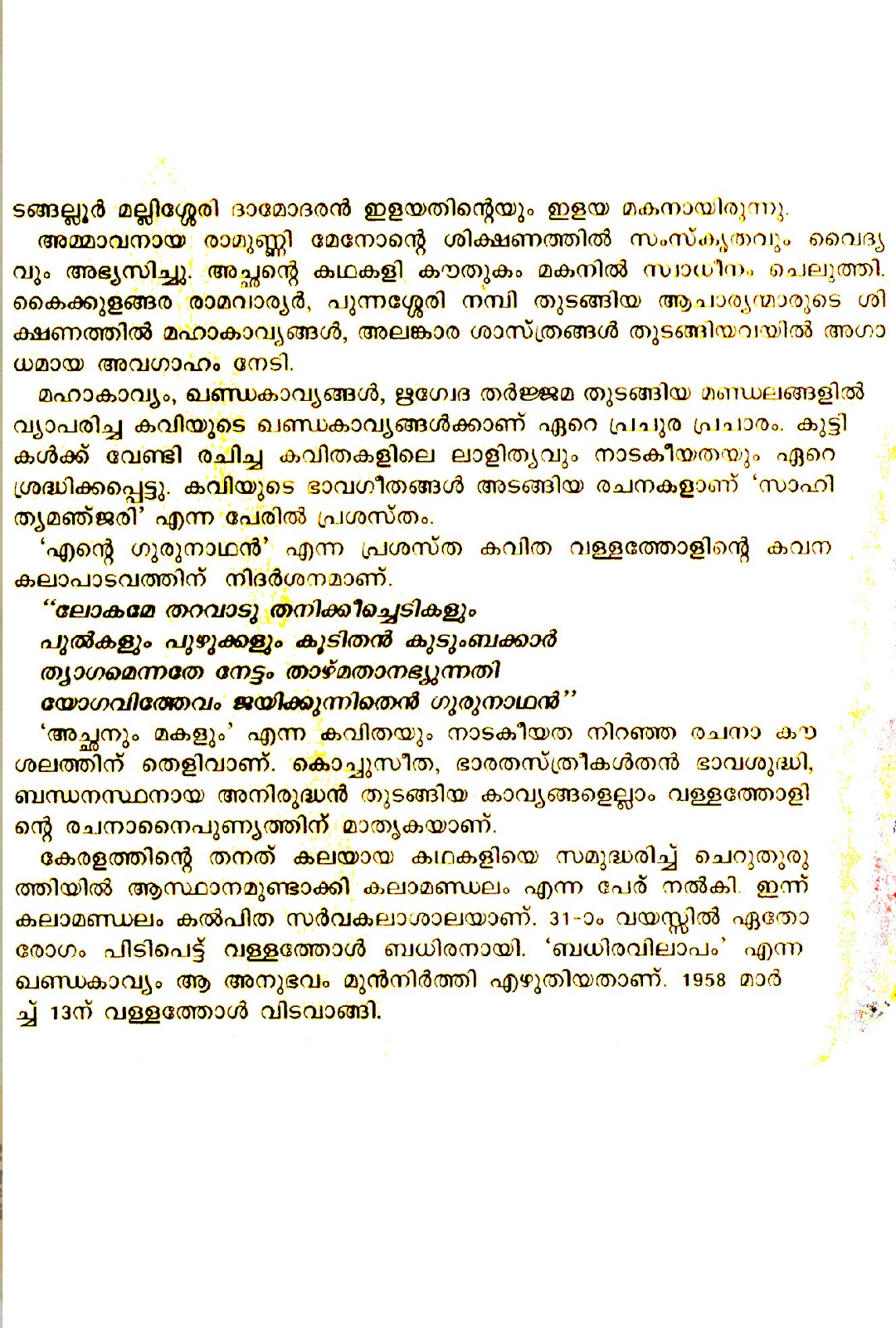- The Supreme Commander of the Armed Forces is vested with the President of India. The Defence Minister is responsible to parliament for all matters concerning defense.
- Army headquarters is located in New Delhi.
- T-55and T-72 are Russian –built battle tanks.
- Arjun is the most sophisticated battle tank of India, designed by Defence Research and Development Organization (DRDO).
- Assam Rifles is the oldest paramilitary force in India and the youngest in Rashtriya Rifles. The old name of Assam Rifles is Cachar Levy.
- National Cadet Corps (NCC) was established in 15 July 1948.
- Maj. Rajyavardhan Singh Rathore was given the fist Chief of Army Staff award for best shooter by Gen. N.C. Vij on December 7, 2004.
ARMY COMMANDS
- Western Command………… Chandimandir
- Eastern Command………… Kolkata
- Nortern Command…………. Udhampur
- Southern Command…………Pune
- Central Command…………. Luck now
- Training Command………… Mhow
TRAINING INSTITUTIONS
National Defence Academy…………… Khadakwasla
Indian Military Academy……………… Dehradun
Rashtriya Indian Military College……….. Dehradun
National Defence College………………. New Delhi
Defence Service Staff College…………… Wellington (Nilgiris)
NAVY
- The Indian Navy is the world’s seventh naval force in the world.
- The headquarters of the navy is located in New Delhi.
- INS Vikrant is India’ first aircraft carrier.
- IVS Viraat is India’s largest aircraft carrier.
- INS Chakra is India’s first nuclear powerrd submarine.
- INS Shalki is India’s first indigeneouly built submarine.
- INS Vibhuti is India’s first indigeneously built missile boat.
- INS Delhi is India’s largest and the most sophisticated war ships.
- INS Savitri is the first warship fabricated at the Hindustan Shipyard Limited.
- INS Vipul: Second indigenously built missile
- INS Nashok: Second indigenously built missile boat.
- The Far Eastern Naval Command is coming up at Andaman and Nicobar Islands.
- The Western and Eastern Naval Commands are the two operational commands while Southern Naval command is responsible for all training activities.
NAVY COMMANDS
Western Naval Command…………….. Mumbai
Eastern Naval Command………………Vishakhaptnam
Southern Naval Command……………. Kochi
AIR FORCE
- The Air headquartees is located in New Delhi.
- Air Marshal Sir Thomas Elmhirst was the first chief of Air staff.
- The Indian Air Force (IAF) is the woeld’s fourth largest.
- It was estadlished on October 8, 1932 as the Indian Air Force. It was granted the prefix “Royal in 1945 in recognition of its services during the Second World War. The prefix Royal was dropped after India became a Republic in 1950. It is the fourth largest air force in the world.
- Air Marshal Subroto Mukerjee was the fist Indian Chief of the Air Staff of the Indian Air Force (IAF). He has been called the “Father of the Indian Air Force”.
- First Chief Air Staff to die in service Subroto Mukerjee.
- The youngest chief of Air Staff Subroto Mukerjee.
- Dr. Padmavathy Bandopadhyay took over as the DG Medical Service (Air) on October 1, 2004 she was also the first woman to have reaches the rank of Air-vice Marshal in 2002.
COMMISSIONED RANKS
RMY NAVY AIRFORCE
General……………….. Admiral…………………… Air Chief Marshal
Lieutenant General…………….. Vice Admiral…………… Air Marshal
Major General……………… Rear Admiral………………. Air Vice Marshal
Brigadier………………. Commodore……………….. Air Commodore
Colonel……………….. Captain……………………. Group Captain
Lieutenant Colonel………….. Commander……………. Wing Commander
Major………………… Lieutenant Commander…… Squadron Leader
Captain……………. Lieutenant………………. Flight Lieutenant
Lieutenant………….. Sub Lieutenant…………….. Flying Officer
INDIAS MISSILE PROGRAMME
- A.P.J Adbulkalam was the ‘Father of Indian Missile Programme’
- India’s missile launching pad is Chandipur-on-sea (Orissa).
- Ghori missile developed by Pakistan
- India has sofar developed five missiles, viz: Agni, Prithvi, Trishul, Nag and Akash
- Agni is fist successful test launch was made on May 22, 1989 from Chandipur (Orissa). It’s range is 1200-2000 k.m.
- Trishul is a low-level quick reaction surface to surface missile.
- Nag is Anti-Tank guided missile.
- India’s indigenously built first missile boat is INS Vibhuti.
- Pinaka is a India’ multi barrelrockrt launcher.
- INS Sindhusastra is a India’s first missile firing submarine was commissioned only July 19, 2000
- India’s indigenously developed ship missile is Dhanush.
INDIAS ATOMIC RESEARCH
- Bhabha Atomic Research Centre established in 1957, is located at Trombay (Maharashtra) and is India’s largest atomic reseatch centre.
- Apsara India’s first atomic reactor was commioned on Agust 4, 1956. It is also the first atomic reactor in Asia.
- Kamini India’s first fast breeder nuclear reactor It has been set up at Kalpakam
- Indira Gandhi Centre fir Atomic Research was established in 1971. It is located at Kalpakkam (Chennai).
- Pakistan carried out its nuclear explosions in May 1998 at Chagai Hills.
- On 18 May 1974, India had conducted a peaceful underground nuclear experiment at Pokhran in Rajasthan desert. The code name used to convey the success of the test then Prime Minister, Indira Gandhi, was “Buddha is Smilng”
- For the second time, India conducted on May 11, 1998, three underground nuclear explosions at the same place at a depth of 100 meters. These included a thermonuclear device, a fission device and three sub – kiloton nuclear devices. The code name of these tests was “Operation Shakti” With this, India became the sixth nuclear power in the world with the capability of manufacturing nuclear weapons.













